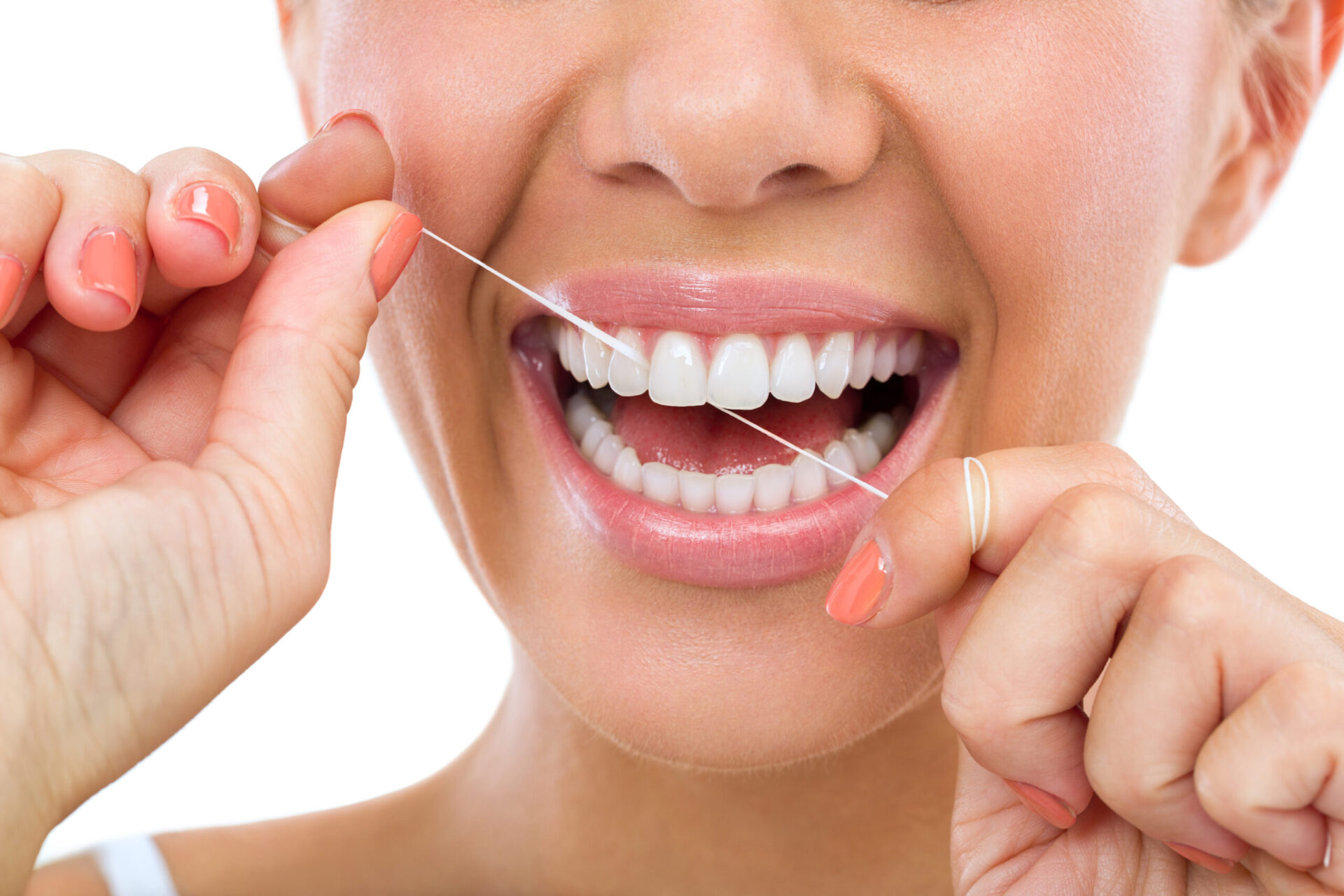
How To Floss Your Teeth Efficiently
When it comes to oral health practice, we automatically think of brushing teeth daily. But aside from brushing, flossing daily is also a crucial part of good oral hygiene. You may be wondering how a single thread can make a difference on your oral health. We’re here to tell you why.
How important is flossing?
Even if you brush your teeth, you still cannot guarantee that all the food particles are removed out of your teeth and mouth. Sadly your toothbrush cannot effectively reach all areas of your mouth and there might still be small pieces of food that are stuck in between your teeth. Flossing will make sure that these food pieces are thoroughly removed and won’t create tooth issues down the line.
The American Dental Association recommends flossing everyday. Flossing will help remove the food debris, plaque, and other foreign items trapped between the teeth that were not removed during brushing. Because of this, flossing is considered as a preventative oral care. plaque, if left unremoved, can harden and form into tartar, a hard deposit that will coat the teeth and gums. Tartar buildup will increase your risk of gum recession and gum infections.
How to floss efficiently?
It is already well established the importance of flossing, alongside brushing your teeth, in maintaining good dental health. Unfortunately, not all people are fond of flossing every day. One reason for this is that many people do not know the proper and efficient way to floss their teeth.
The secret to flossing efficiently is by doing it correctly. You might find flossing hard and uncomfortable at first, but it will only take a bit of practice and you will wonder why you haven’t started the habit earlier. Below are the easy steps to floss correctly and efficiently.
- Dental floss is typically 18 inches long. Wind most of the string around the middle of both hands, leaving only an inch or two.
- Holding the floss between your thumbs and index fingers, slowly and gently slide it up-and-down between your teeth.
- Move the floss up and down gently, making sure to be able to reach the gum line, then curve the floss and gently slip it under the gum next to one tooth.
- Using the clean section of the floss, reach under the gum of the adjoining tooth and clean it. Move the floss up and down gently against each tooth to clean between the teeth.
- Repeat the steps until all the teeth are thoroughly cleaned.
- To remove the floss out in between the teeth, use back and forth motion to get the floss up and away from the teeth.
There are different ways to floss — you can use a proxy brush, water floss, string floss, or a dental floss. Whichever means it may be, all will help you remove plaque and unwanted food pieces left in between your teeth. Talk to ours dentists at RenovaSmiles for the right floss for you.

